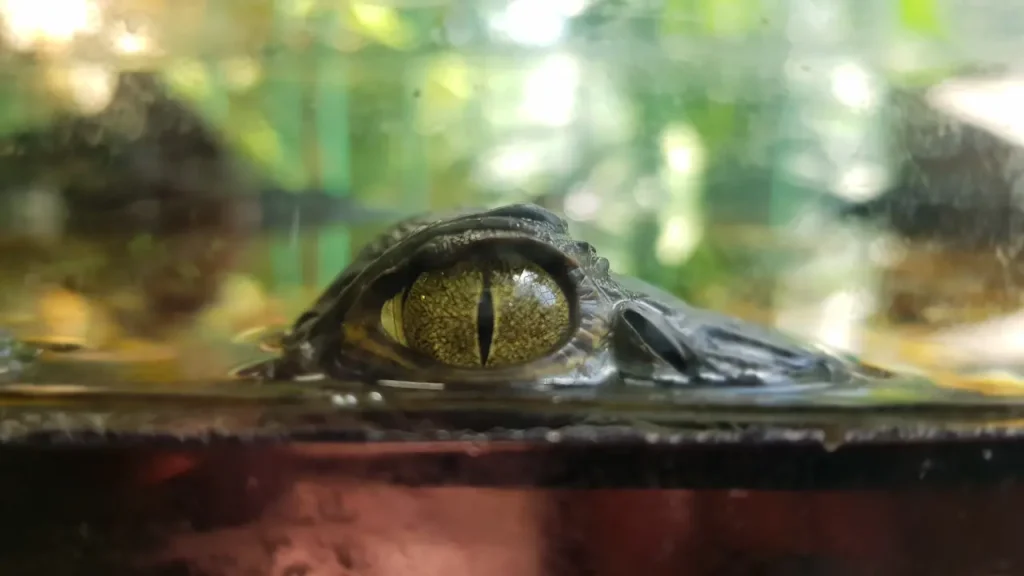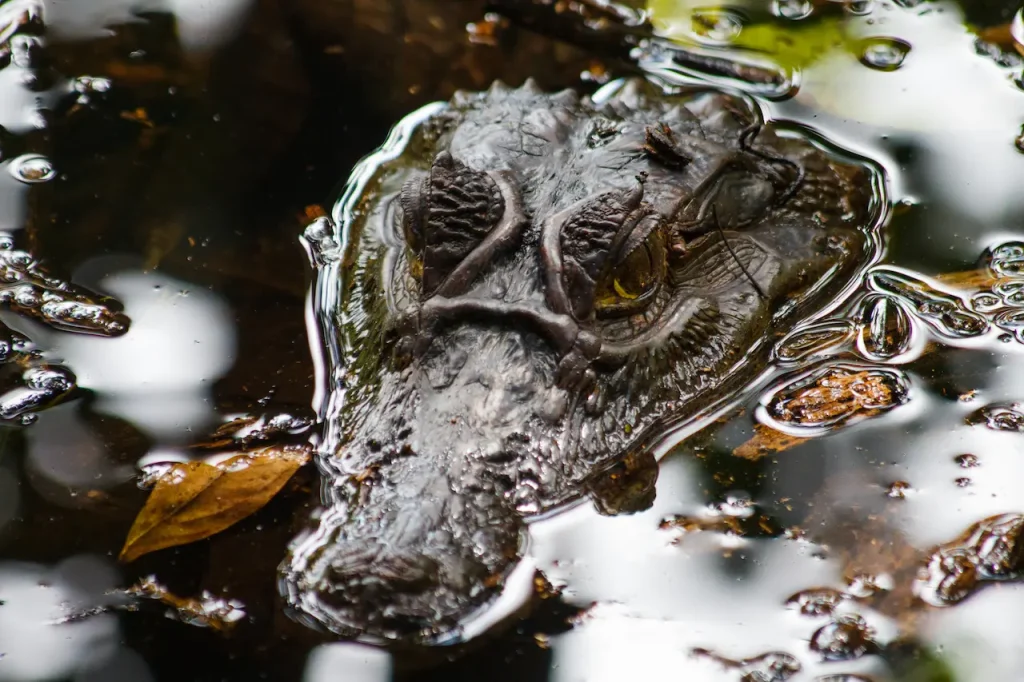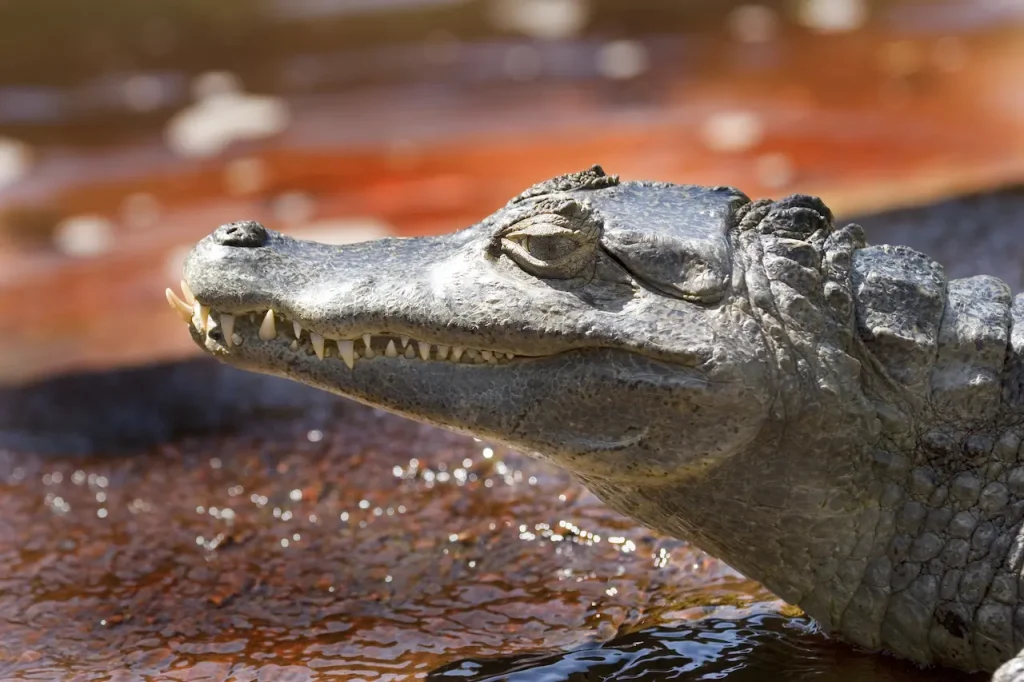What Eats Caiman?
Categories
- Accipitridae (1)
- Acrididae (1)
- Algae (2)
- Alligatoridae (1)
- Amoebidae (1)
- Amphibians (3)
- Anatidae (1)
- Anguillidae (1)
- Arachnids (2)
- Bears (2)
- Big Cats (3)
- Birds (13)
- Bovidae (5)
- Bufonidae (1)
- Camelids (1)
- Cameras (1)
- Canines (13)
- Caridea (1)
- Carnivora (10)
- Castoridae (1)
- Cats (5)
- Cebidae (1)
- Cephalopod (1)
- Cervidae (2)
- Cetacean (1)
- Chondrichthyes (1)
- Crocodilia (2)
- Crustaceans (4)
- Culicidae (1)
- Cyaneidae (1)
- Dasypodidae (1)
- Dasyurids (1)
- Deer (1)
- Delphinidae (1)
- Desktop (1)
- Didelphidae (1)
- Dinosaurs (1)
- Dogs (13)
- Dolphins (2)
- Echinoderms (1)
- Education (10)
- Elephantidae (1)
- Equine (1)
- Erethizontidae (1)
- Erinaceidae (1)
- Farming (1)
- Felidae (5)
- Fish (5)
- Food Chain (31)
- Food Web (2)
- Formicidae (1)
- Frugivore (1)
- Gaming (1)
- Gastropods (1)
- Giraffids (1)
- Great Apes (2)
- Health Conditions (3)
- Herbivore (4)
- Hi-Fi (1)
- Hippopotamidae (1)
- Hominidae (1)
- Insects (10)
- Invertebrates (2)
- Keyboards (1)
- Laptops (1)
- Leporidae (1)
- Mammals (23)
- Marsupials (4)
- Mephitidae (1)
- Microchiroptera (1)
- Mollusks (2)
- Mongoose (1)
- Muridae (1)
- Nocturnal Animals (1)
- Odobenidae (1)
- Omnivore (2)
- Phasianidae (1)
- Phocidae (1)
- Plankton (1)
- Plants (2)
- Primate (1)
- Ranidae (1)
- Reptiles (7)
- Rhinocerotidae (1)
- Rodents (5)
- Salamandridae (1)
- Scarabaeidae (1)
- Sciuridae (2)
- Sharks (1)
- Shellfish (1)
- Sound (1)
- Spheniscidae (1)
- Suidae (1)
- Superfamily Papilionoidea (1)
- Theraphosidae (1)
- What Eats (5)
What Eats Caiman? What Does Caiman Eat?
As an apex predator in the rivers and swamps of Central and South America, the caiman occupies a vital niche in these ecosystems.
Related to alligators and crocodiles, these reptiles grow over six feet long and use their size, armour, and jaws to hunt fish, birds, and mammals that share their habitat.
But even these formidable hunters must watch their backs, as several other species have evolved to include caiman in their diets.
Table of Contents
Toggle
What Eats Caiman What Do Caimen Eat Close Up
When examining what eats caiman, the list proves surprisingly short. As adults, the bony plates, thick skin, lethal bites, intimidating hisses, and ability to defend even on land deter most potential predators.
Only the largest and most ruthless hunters attempt to make a meal of these armoured adversaries. However, the caiman’s eggs and youngest offspring face threats from a wider array of carnivores before growing large enough to stake their place atop the food chain.
By looking at what species eat caiman, important insights emerge for conserving these iconic jungle denizens. Maintaining a balance between predator and prey populations allows stability across the interconnected web of life.
An equilibrium between hunter and hunted keeps ecosystems healthy enough for all species to flourish. This examination of caiman predators reveals who keepsEven top reptilian predators have something to fear in the unforgiving jaws of nature’s food chain.
Though formidable themselves, lurking danger awaits to turn the hunter into the hunted.
Jaguars
Topping the list of caiman threats ranks the only big cat comfortable around water – the formidable jaguar. Growing over six feet long and 200 pounds, only adult caiman stand a chance against these powerful felines.
But jaguars often ambush their hardened prey, leaping from overhanging branches to deliver a skull-crushing bite. Their powerful jaws and teeth make short work of caiman armor, especially for smaller individuals.
In lean times, jaguars even excavate caiman nests to eat the stashed eggs as a vital food source. This keeps caiman numbers in check while meeting the dietary needs of these terrestrial titans.
Jaguars serve as opportunistic caiman predators, keeping the next generation numbers down by raiding nests whenever possible.
Black Caiman
Ironically, the black caiman poses the next major threat, preying upon its smaller kin. Growing over 16 feet long and weighing nearly a ton, these giants rule Amazonian waters largely free of predators themselves, thanks to their imposing size.
Black caimans share habitats with spectacled, dwarf, smooth-fronted, and Schneider’s caiman, readily eating any smaller crocodilians they encounter. Only adult jaguars and very large anacondas present any risk to adult black caimans.
But smaller relatives prove easy prey when crossing paths with these massive reptiles. Black caimans keep their own kind in check, ensuring widespread healthy populations through competition over territory and food sources.
Eagles
The mighty harpy eagle dominates Central and South American skies, equipped with thick scales on legs and feet, helping them snatch up reptile prey like snakes and lizards. Their incredibly strong talons also enable them to lift surprising amounts of weight in flight.
Though not a common occurrence, large harpy eagles can swoop down upon juvenile caimans basking on shorelines, snatching them to consume or feed nestlings.
Caimans rely on armor plating for defense, leaving them vulnerable to aerial assaults their shells don’t protect against.
Only a safe size relative to the harpy eagle’s lift capacity reduces this threat to fully grown caiman. But eggs, hatchlings, and juveniles may appear on harpy eagle menus when the opportunities arise.
Anacondas
The green anaconda, pound for pound the strongest snake on Earth, lurks stealthily below the water line, awaiting prey. Growing over 20 feet long and 250 pounds, only adult black caiman surpass their impressive size.
This allows large anacondas to ambush smaller caimans, constricting them powerfully until they succumb. As true opportunistic hunters, anacondas eat anything they can overpower and swallow whole.
Lesser caimans often fall prey when strokes of luck or distraction give the stealthy snakes an edge. But formidable strength and wariness in their own domain offer adult caimans strong odds against snake attacks.
Only nestlings and oblivious juveniles face mortal risk from the patient anaconda lying in wait. Their muscle bodies make even thick caiman hide inadequate defense against being crushed and consumed.
Jaguars
Topping the list of caiman threats ranks the only big cat comfortable around water – the formidable jaguar. Growing over six feet long and 200 pounds, only adult caiman stand a chance against these powerful felines.
But jaguars often ambush their hardened prey, leaping from overhanging branches to deliver a skull-crushing bite. Their powerful jaws and teeth make short work of caiman armor, especially for smaller individuals.
In lean times, jaguars even excavate caiman nests to eat the stashed eggs as a vital food source. This keeps caiman numbers in check while meeting the dietary needs of these terrestrial titans.
Jaguars serve as opportunistic caiman predators, keeping the next generation numbers down by raiding nests whenever possible.

What Eats Caiman In Water
Otters
While certainly not a threat to adult caiman, the neotropical river otter proves more than capable of raiding nests for egg meals, competing with jaguar nest robbing.
Weighing up to 30 pounds, river otters hunt fish and crustaceans but enjoy eggs from birds, turtles, crocodilians, and other reptiles. Working together, otters can overwhelm brooding female caiman, driving them off to feed on the eggs.
Even solo otters may sneak in to steal and crack open protein-rich eggs, providing easy meals. While otters want to avoid conflict with dangerous predators like adult caimans, eggs deliver nutrition without the risk of retaliation.
By depleting future generations of hatchlings, otters contribute to maintaining a balance between caiman and competitors sharing river habitats.
Ocelots
The ocelot, also called the painted leopard, patrols the same jungles as the caiman, hunting similar prey like fish, birds, and smaller mammals. Where habitats overlap, these sleek felines pose threats to eggs and juveniles.
Weighing around 30 pounds, ocelots rely on stealth and pounces to bring down prey larger than themselves. Their sharp teeth and claws help crack through tough Caiman eggs to access the high protein content.
Ambushes on the banks also occasionally take down smaller caimans at the water’s edge.
Though unlikely to impact adult populations, opportunistic ocelot predation means fewer hatchlings emerging, keeping ecosystems balanced between predator and prey as conditions allow.
Like the jaguar, ocelots help control future caiman numbers whenever possible with raids on their nests. So, in conjunction with other egg predators, the ocelot contributes toward the necessary regulation of caiman numbers and distribution across diverse tropical wetlands.

What Eats Spectacled Caiman
Conclusion
Examining what predators eat caiman reveals a short list, owing to the armored reptiles’ formidable defenses. Only the most formidable apex predators like jaguars, giant river otters, and massive black caimans themselves prove capable hunters of mature caiman.
Smaller relatives fall prey to stealthy attacks if they are caught unaware. But the eggs and juveniles of all four caiman species face threats from a wider array of hunters before reaching safer adult size.
Jaguars, eagles, otters, snakes, and even overpopulated fellow caimans all factor into the web of life surrounding these iconic jungle dwellers.
By better understanding caiman mortality sources, conservationists gain insights into stabilizing populations amid environmental pressures. Expanding agriculture and urban areas strain habitats, while climate change alters landscapes.
Monitoring predator and prey numbers and interactions helps manage sustainable ecosystems. Ensuring new generations emerge by protecting nests enables these primordial predators to keep anchoring river networks.
Looking at what eats caimans shows that sometimes being regularly eaten makes species stronger overall.
